Clumber Spaniel
The Clumber Spaniel is the biggest of the flushing Spaniel breeds out there. Like the other Spaniels, this is also a hunting breed that was primarily bred for flushing and detecting their main prey - birds. They are the most massive dogs out of all related breeds, so these dogs can’t quite compete with others based on speed or agility, but what the Clumber lacks in speed, they make up for with their thoroughness and work ethic.
They might not be the fastest dogs out there, but they will sniff every grass and turn every stone until they find their prey. These dogs were ideal hunting partners for hunters that preferred to hunt at a more comfortable pace. Modern-day Clumber Spaniels are family dog breeds whose owners describe them as;
- Friendly
- Adaptable
- Loving
- Affectionate
- Reserved toward strangers
- Good with kids
- Playful
- Drooly

Height:
17-20 in (43-51 cm)

Weight:
55-85 lb (25-39 kg)

Origin:
Great Britain

Life Expectancy:
10-12 years
Dog Breed Characteristics
The Clumber Spaniel is a low, substantial dog breed with a powerful body that enables them to endure long hunting efforts. They are surprisingly heavy compared to their size. Male dogs can reach 18-20 inches, and females can reach 17-19 inches. Male dogs can weigh 70-85 pounds, while females are slightly smaller and weigh 55-70 pounds.
These dogs have massive heads with heavy brows, and their ears are broad on top with thick ear leather. The Clumber should be rectangular in shape and display power and strength.
Temperament
The Clumber Spaniels can have very different personalities, and no two dogs of this breed are genuinely the same. They can be open and friendly or reserved and dignified. All variations between that are also possible and highly likely. If you see a working Clumber, you will be surprised how quiet but relentless they are. They may be like that at home.
These dogs have a relatively long “puppy faze” that can last for three or four years. For some Clumbers, that faze never ends, and they remain like that well in their adulthood. These dogs should never be overly shy or aggressive. It takes some time to get them to warm up to people, but they are loving and affectionate when they do.
Clumber Spaniels can also be daredevils, and they can get into loads of trouble, especially when they are young.
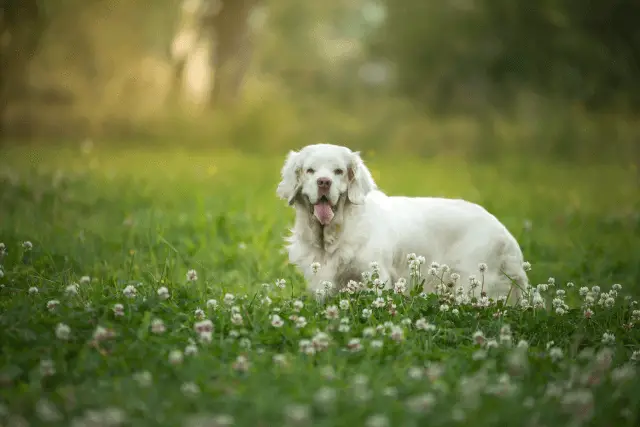
Training a Clumber Spaniel
Training your Clumber is essential for preventing the development of bad behavioral traits. Start training them as soon as they arrive at your house, and if you do not have time to work with your dog, maybe it is not the right time to get a dog.
If you are interested in properly training your Clumber Spaniel and are unsure where to start, you can always ask professionals for help. Most dog breeds do not take well harsh training methods and techniques, and Clumber is one of them. You should make training sessions exciting and make them feel that training was their idea in the first place.
Start training them early, and don’t wait till your dog is six months old, so you don’t have to deal with a dog that already has some learned behaviors.
Socializing
Like any other dog breed, the Clumber Spaniel should start the socialization process as soon as possible. Dogs that are not well socialized are prone to behavioral problems and might react badly to situations they are not familiar with. These dogs are prone to copying behavior, and if they live with a Terrier, they may copy their behavior and bark excessively.
Socialization can even be done at home. Dress differently; wear glasses, hats, and baggy clothes so your puppy can’t recognize you right away. Teach your puppy to stay alone for a while and not make a fuss about it. It is the best way to make sure your puppy will grow up to be a stable, confident, and well-behaved dog.

Clumber as a pet
Clumber Spaniels are a rare breed, even in their home in the UK. If you are lucky enough to get one as a pet, it would be best to be prepared for all their antics and quirks. Their activity level is rather adaptable, and this dog can get along great with active families and inactive ones. They are often called a “retired gentlemen’s spaniel,” which is an accurate description of their temperament.
As family pets, Clumbers can connect to the whole family, but more often than not, they choose one person to be their “main” owner and bond with them the strongest. As pets, these dogs are playful and rather mischievous; they quickly develop bad behavior, so you will need to curb that behavior as soon as possible.
The Clumber Spaniel loves kids and makes a great playing partner that can play for hours if he has someone to play with. This breed also loves carrying things in their mouths, and when they are happy, they will wiggle their whole body, not just the tail.
For information about other Spaniel breeds, check out this article.
Coat and Care
The Clumber Spaniel’s coat will require some care, but not as much as other breeds like the Yorkie or Cavalier King Charles Spaniel that need constant grooming to look their best. These dogs have dense coat that keeps them insulated from harsh weather and cold water. The hairs are straight and medium-long. This breed is predominantly white and has either lemon or orange markings.
Clumbers are heavy shedders, and they shed year-round. If you’d like to keep the mess to a minimum, make daily 10-15 minutes of brushing a routine. These dogs don’t need to be trimmed, even for the show ring. Get them used to their paws being touched; they can be a bit squirmish about that.
They will also need other basic care; brush their teeth at least three times a week. Check their ears for signs of infection and redness, and bathe them every 4-5 weeks but make sure you use a dog shampoo(Clumbers love to get dirty) and trim their nails if they don’t wear them down naturally.
Health
Like any other dog breed, the Clumber Spaniel can potentially develop health problems. If you are buying a dog, make sure the breeder can provide you with the necessary health tests and guarantees. Always ask to see the results of tests from the puppy’s parents. The health problems these dogs are associated with are:
- Hip dysplasia - Genetic problem affecting hips resulting from an improperly formed hip joint.
- Hypothyroidism - A health problem caused by the hyperproduction of hormones from the thyroid gland.
- Ear infections - Especially for dogs that love water, you need to check their ears regularly for signs of infections or redness.
- Entropion - A defect causing the eyelid to roll inward.
- Ectropion - A defect causing the eyelid to roll out or sag.
The Clumber is generally considered a healthy breed that can live 10 - 12 years.
Clumber Spaniel breeders
When getting a dog, the most important thing is to get it from a responsible and reputable Clumber Spaniel breeder. These dogs can be hard to find, so make sure you take your time looking for breeders. Responsible breeders will breed dogs that don’t only look good but have great characters as well. A good breeder can help you learn about this breed and make an informed choice about getting a dog with these characteristics.
If you are unsure whether this is the breed for you, check out this FREE GUIDE that will help you decide which dog breed is right for you.
SEARCH CLUMBER SPANIEL BREEDERS
World Dog Finder team

Updated at31.08.2023.
Breed History
The Clumber Spaniel has a regal history, and their historical beginnings are connected to a royal estate they were named after. Edward, Prince of Wales (later Edward VII), kept these dogs in his royal estate, but he wasn’t the first to own them. The Duke of Newcastle was painted in 1788 with a company of dogs that look a lot like the Clumber Spaniel we know and love today.
There is a legend surrounding these dogs, and it says that a French Duc de Noailles sent his complete kennel of Clumbers to England to save them from the French Revolution. However, there aren’t any facts supporting that legend, and the painting of the Duke of Newcastle is dated a year before the French Revolution began. In the end, these dogs were named after the Duke’s estate called Clumber Park.
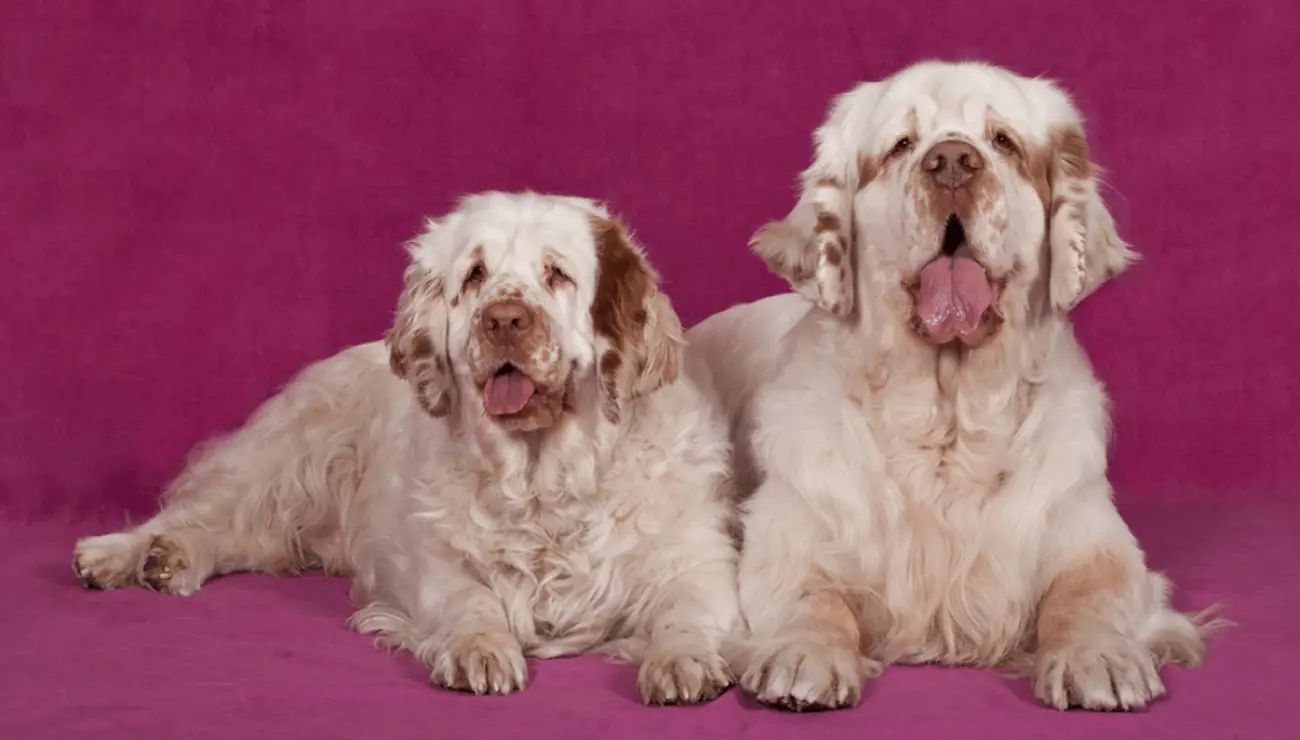
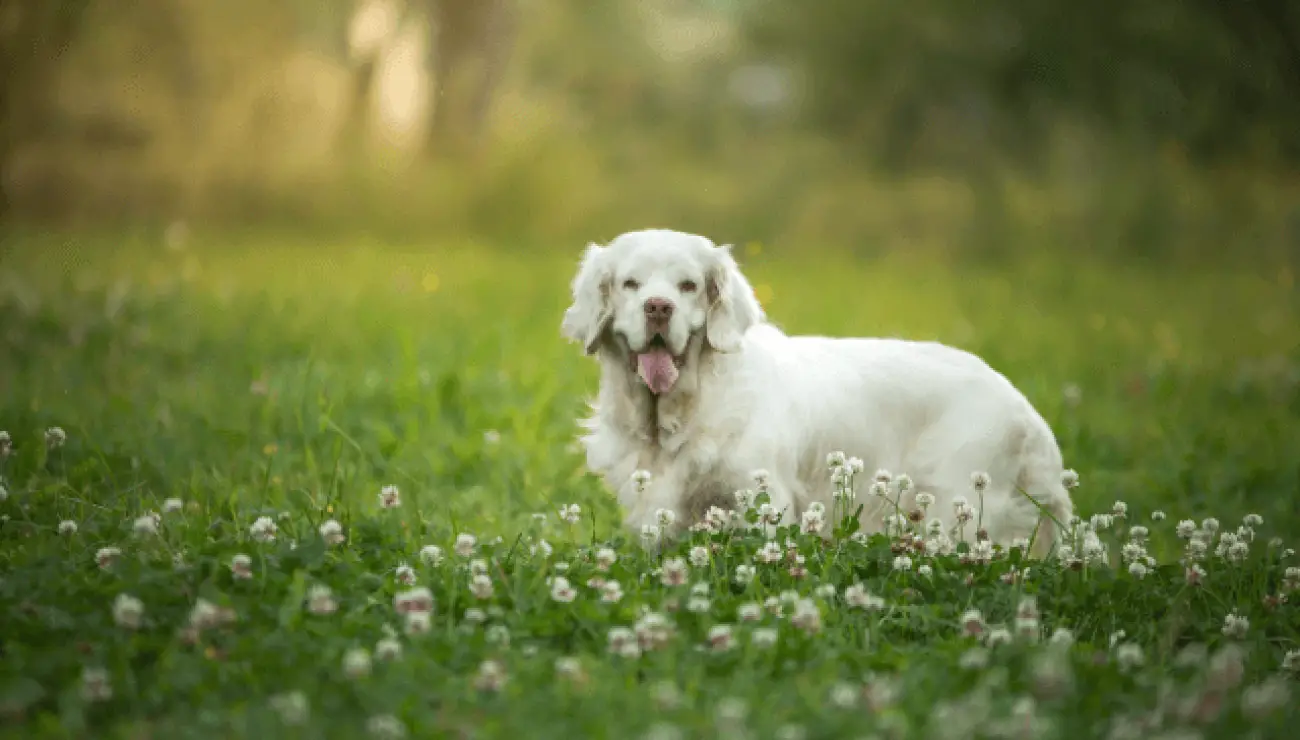
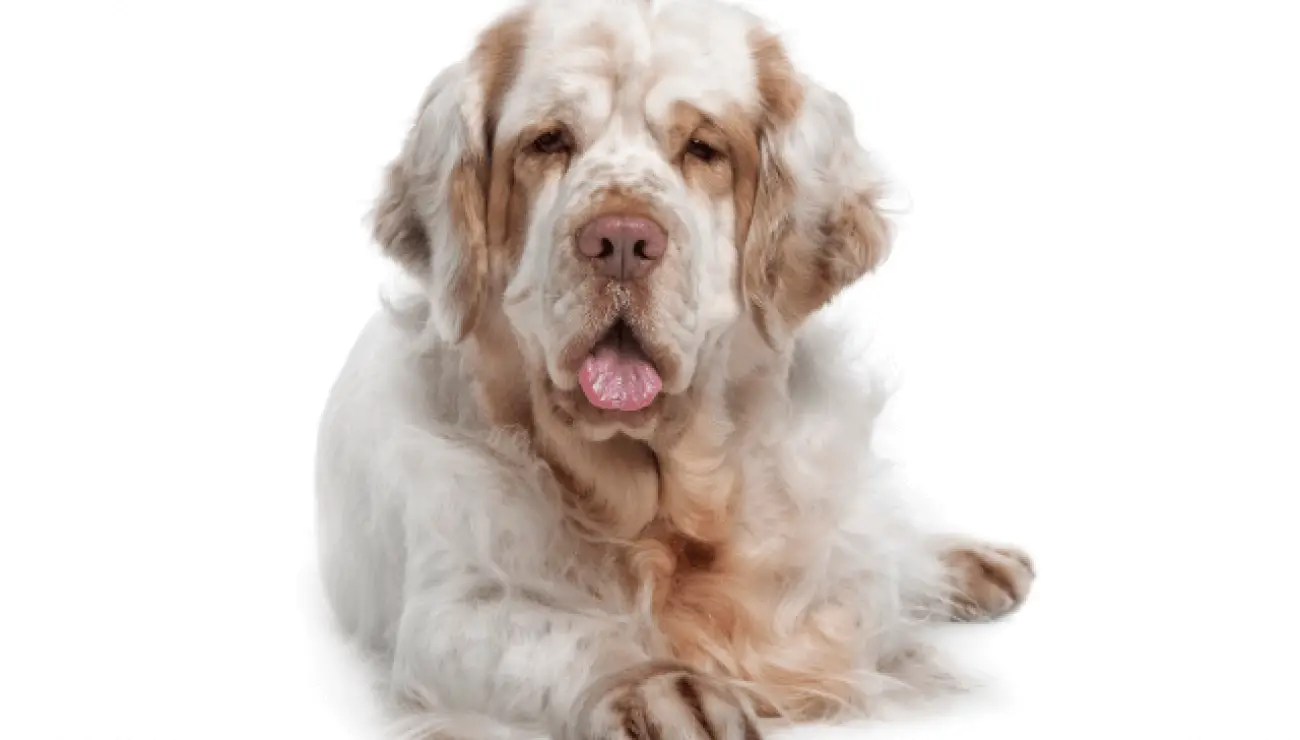
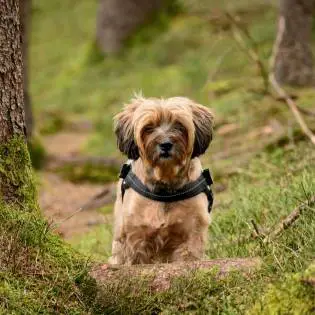
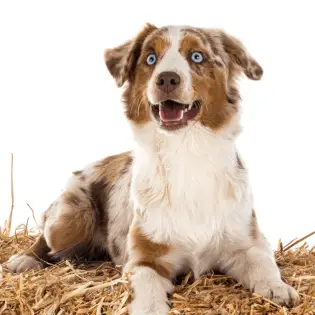

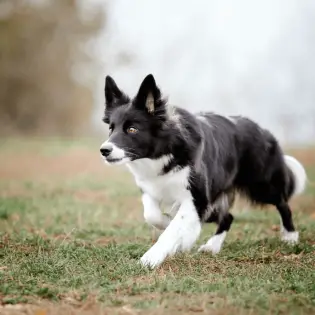
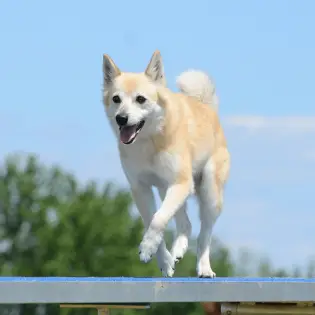
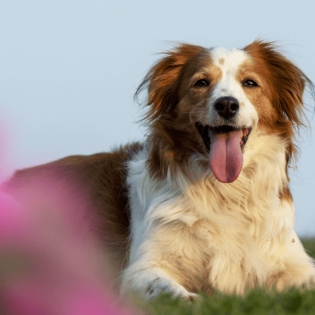

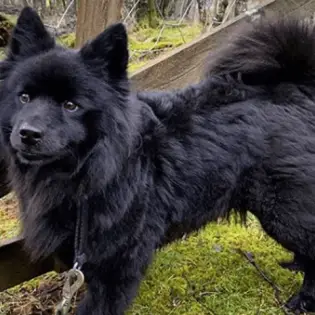
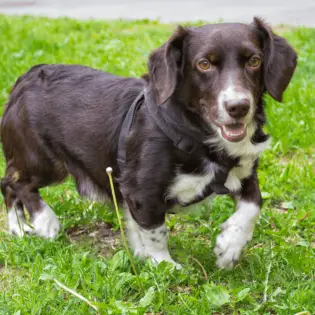
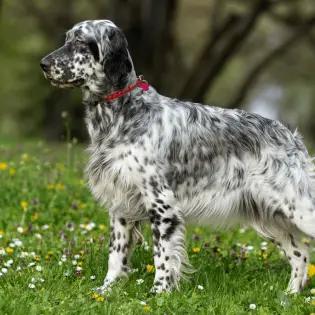

Share